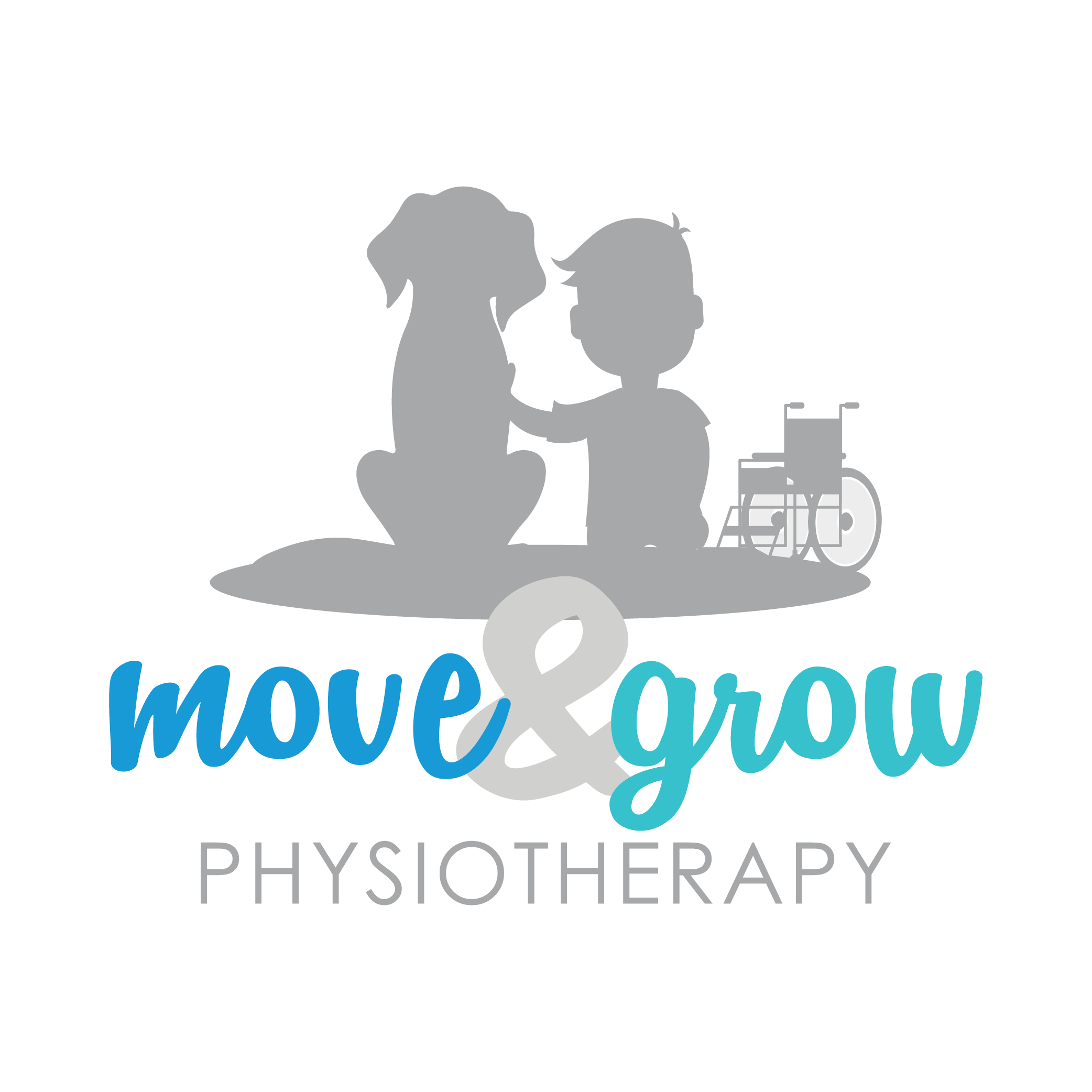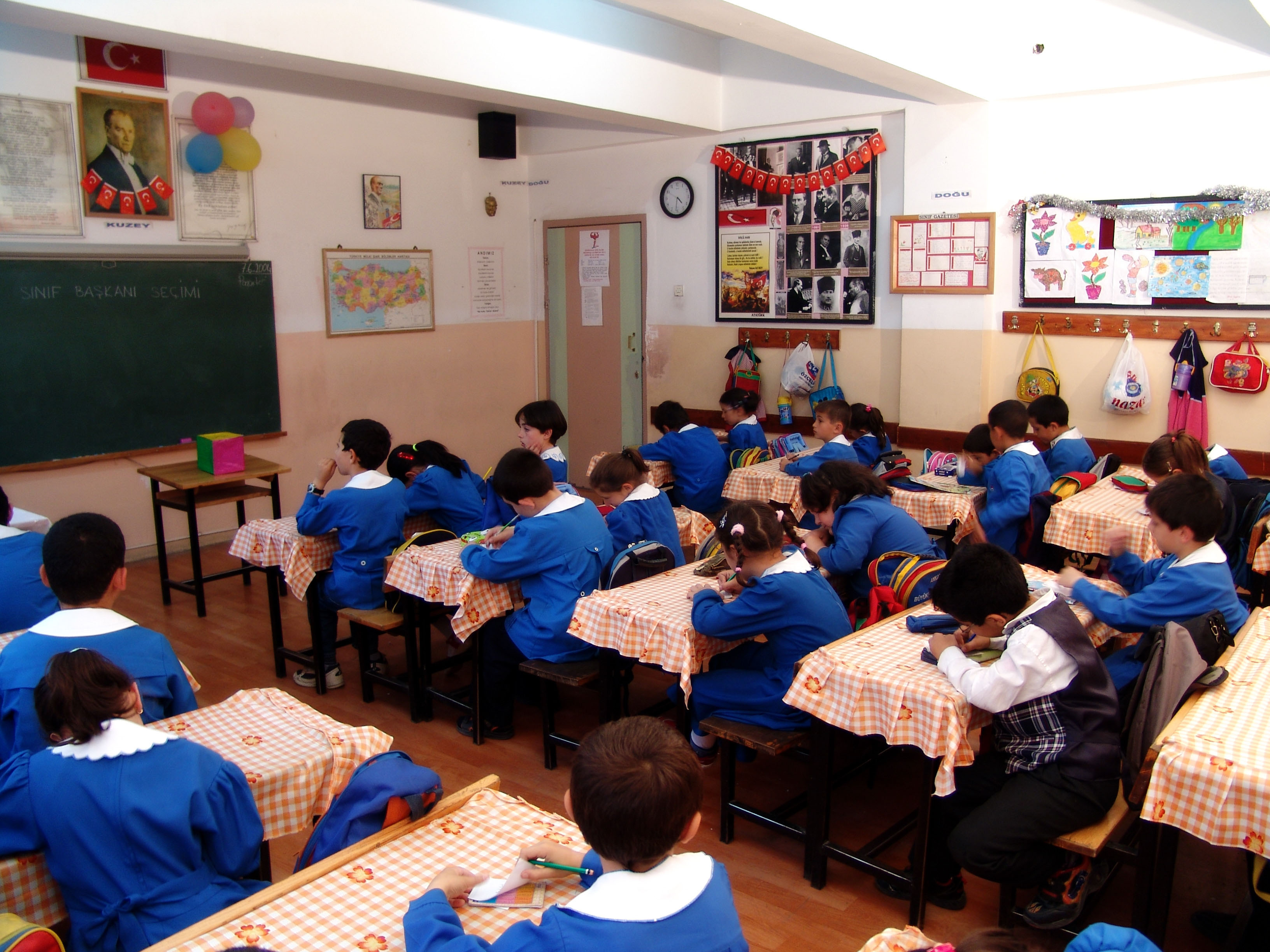What are movement breaks? Why do kids need them? and what can I do as a movement break?
Children are not designed to sit still. Most parents would certainly attest to that fact! The questions I’ll try to answer today are why, and how do we help kids get the movement they need in environments that limit movement, such as school, or activities that are stationary, like eating dinner?
Why do kids need movement breaks? and Adults too!
Postural muscles are the deep muscles of the torso which help to determine posture. They include back, abdomen, neck and shoulder muscles that work together to hold us upright against gravity and are often referred to as “core” muscles.
Postural muscles are made up of mostly slow twitch, static muscle fibres, which are designed to keep working at a low level of force for a long time without using too much energy. Just like kids have to play, practice and gradually build up their muscles strength to run or jump or throw; they also need to build strength and endurance of postural muscles to sit or be stationary and keep those muscles turned on.
Moving and stretching reminds our postural muscles to turn on. Sitting, standing still or lying down for long periods of time allows the muscles to gradually turn off, leading to poor slumped posture, difficulty concentrating and potential postural pain. Unfortunately with the electronic games and toys that more and more children prefer, and by starting kindy or school at earlier ages our children are expected to sit still for longer periods of time and from earlier ages. Movement breaks at home and school, as well as lots of physical games and exercise can help to build up the postural muscles and improve postural endurance.
How do I know when to give a break?
Kids at a desk or table might begin to slump, lean on their arms, hunch over their work or fidget and wiggle in their chair. Writing can get messier and concentration decrease as they become distracted by trying to stay sitting up. On the floor kids start to lean on their arms, slump against a wall or another child or lie down. Some kids will get up and wander away from the activity as their body subconsciously tells them it needs to move, often they can’t answer when you ask why they are standing or where they are going. I have seen some kids in a classroom get up and get a tissue to blow a perfectly clean nose and then go back to their seat. Obviously that boy was sick of getting in trouble for getting out of his seat so he came up with a perfect excuse! One problem these kids face in the classroom environment is being labelled as distractible, or a mischief maker when they really are trying to follow instructions, but their bodies can’t stay still!
You can also use natural movement times such as moving from the floor to the desks or from lounge to dinner table to add in some extra movements and get those muscles working again.
How do I do a movement break?
Good movement breaks are anything that is quick, easy to do and gets the whole body moving. Vigorous activities such as jumping are great and heavy work activities are always a good option (keep your eyes out, I’ll do a blog on heavy work / proprioception soon!).
Songs with movement
* The hockey pokey, heads and shoulders or if you’re happy and you know it (as long as you include whole body verses like “stomp your feet” or “jump up and down”) are great activities which work equally as well at home or in a whole class
* Children’s songs such as those by the wiggles, high 5 or any other kids band that might be going around at the time usually have interactive movements, just make sure they are dancing not just watching!
* Jen Gereb also has range of songs designed to encourage movement and concentration. Do the Monkey and Jellybeans are great movement songs.
Quick exercise breaks
* Jumping, marching or star jumps work the whole body quickly. You can work this into the activity by practicing academic skills like reciting the alphabet in time to marching or counting as you jump.
* Have kids stand up in place and do the Body Shake
“shake your hands, shake your arms. Shake your feet, shake your legs. Shake your head….. Shake your whole body!”
* When walking from one area to another try skipping, jumping or doing animal walks (e.g. stomp like a hippo, jump like a kangaroo, crawl like a cat)
Movement games
* Follow the leader. Standing in a circle one person starts a movement (marching) and everyone has to copy. Then someone changes the movement a little (taps their head) and everyone has to follow. Helps kids practice concentration as they have to keep looking around the circle to see if anyone is doing a new movement.
If your kids seem to be particularly struggling to sit still it may be worth encouraging more core strengthening games, trialling fidgets toys or chew necklaces (did you know chewing has been shown to improve concentration in schools?), seating aids such as an inflatable wedge or see your developmental physiotherapist for an assessment and advice.

